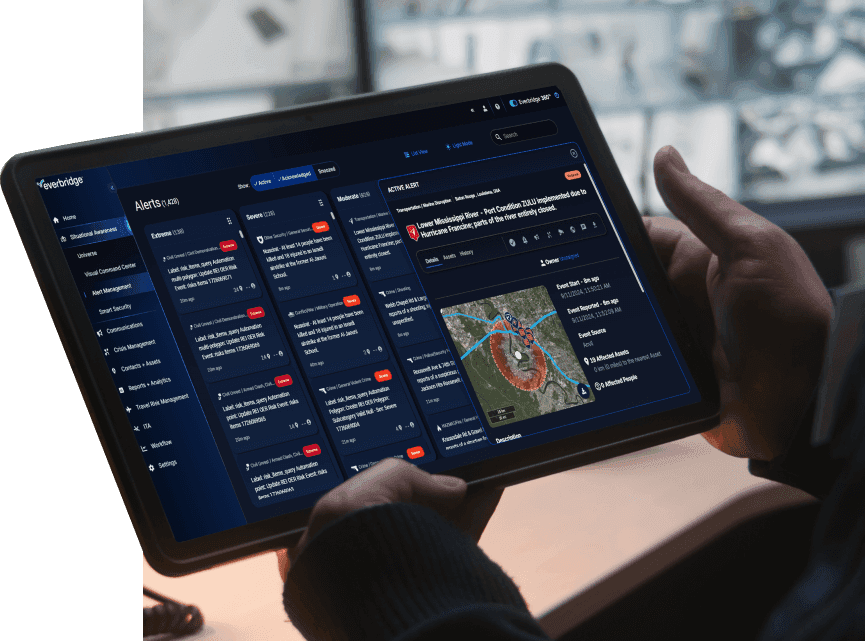
Everbridge Wins BCI European Award for Continuity & Resilience Innovation 2017 Earlier this month Everbridge attended the prestigious annual BCI European Awards ceremony and scooped the award for the Continuity and Resilience Innovation 2017. The ceremony took place in Edinburgh, UK, and was attended by the business continuity industry’s leading professionals. Everbridge won against strong competition from Crises Control & Barclays Group Resilience and was complimented on our platform’s strong features and customer case studies. The Business Continuity Institute (BCI) is the world’s leading institute for business continuity. Established in 1994, the BCI has established itself as the leading membership and certifying organisation for Business Continuity professionals worldwide. BCI Awards take place at locations across the globe. The programme recognises innovative technology and showcases examples of business continuity strategy and planning. This year’s BCI European Awards recognised the outstanding contributions of business continuity, risk and resilience professionals and organisations living or operating within the European region. The awards are judged by an independent panel of industry experts. This year’s panel consisted of:
- Rich Bogle MBCI: an established professional in the business continuity industry and VP of Business Continuity for Synchrony Financial
- Martin W Fenlon MBA BA (Hons) Dip BCM MBCI: Head of Business continuity at Serco/EPC and business continuity advisor to the Houses of Parliament
- Pete Frielinghaus MBCI: director of the African Chapter of the Business Continuity Institute and a member of the BCI Global Membership Council
- Ahmed Riad Ali MBCI: one of the leading business continuity consultants in the Middle East and worldwide

